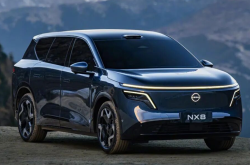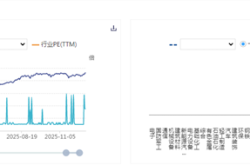3.6 million! Bring home a second-hand green-plated Cybertruck
![]() 08/20 2024
08/20 2024
![]() 555
555
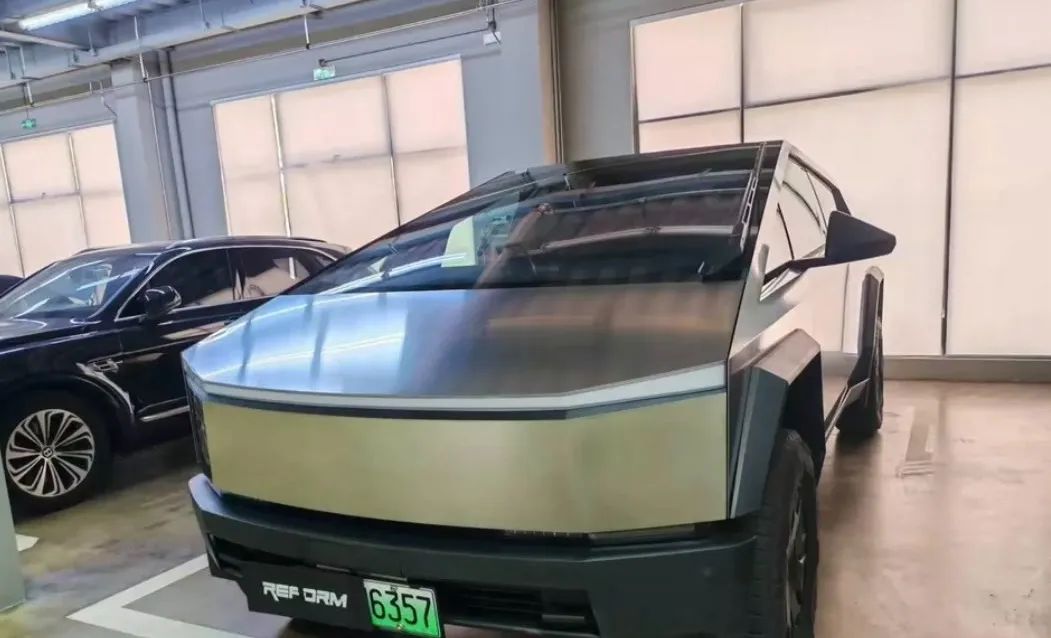
China's first licensed Tesla pickup truck
Author | Wang Lei, Liu Yajie
Editor | Qin Zhangyong
Finally, a Tesla Cybertruck with a green license plate has appeared.
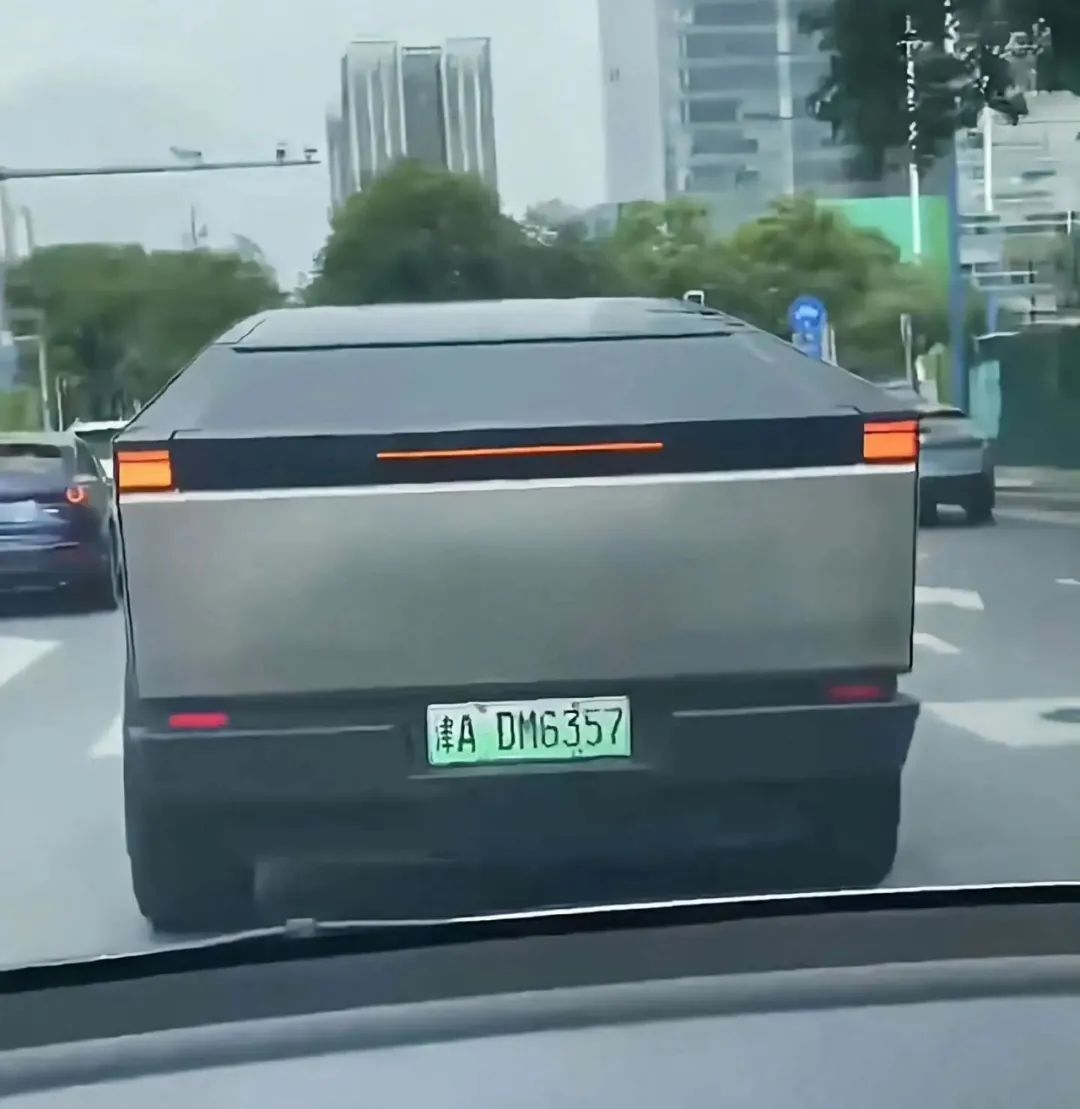
Recently, many netizens have spotted a "live" Tesla pickup truck, the Cybertruck, on the streets of Tianjin. The key thing is that this vehicle bears Tianjin's green license plate starting with "Jin A".
This is a genuine Cybertruck. Elon Musk had previously believed that entering the Chinese market would take time, let alone obtaining a license plate and driving on the road.
It seems that the efficiency of handling matters in China is something even Musk would admire.
Although the owner of the vehicle remains unknown, this Cybertruck has already appeared on a second-hand trading platform with an astonishing asking price of 3.6 million RMB.
01 China's first licensed Tesla pickup truck
Shortly after being spotted on the streets, this vehicle was put up for sale.
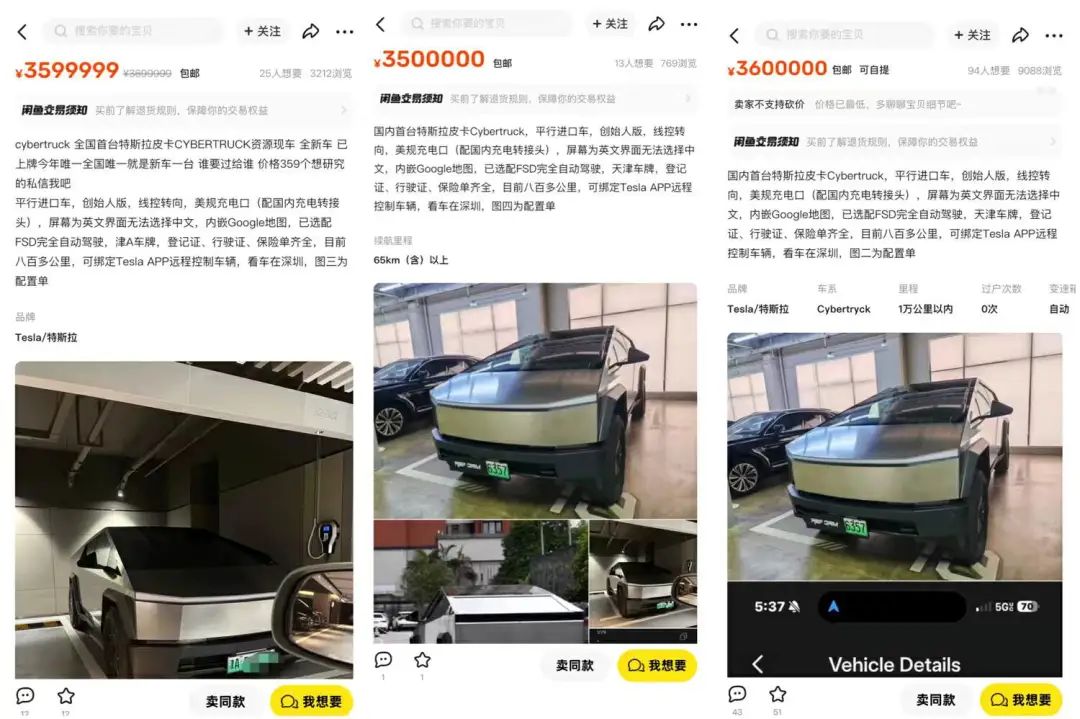
On the second-hand trading platform, multiple listings for this Cybertruck can be found, with asking prices generally set at around 3.6 million RMB.
Some listings even have a deposit requirement of 100,000 RMB for showing interest in the vehicle, fully refundable if not satisfied.
Based on the photos uploaded by the posters, this Cybertruck was sourced and licensed in Tianjin. It has a silver-gray exterior, was licensed in January 2024, and has not yet been transferred. Moreover, it is the first Tesla Cybertruck licensed in China, and is currently available.
Specifically, it is the Founder Series model, featuring steer-by-wire technology, US-spec charging ports (with a domestic charging adapter), an English-language interface with Google Maps embedded, and the FSD (Full Self-Driving) capability. The vehicle has traveled over 800 kilometers and can be remotely controlled via the Tesla app.
As Tesla's fifth model, the Cybertruck officially began deliveries at the end of last year.
In terms of pricing, the single-motor rear-wheel-drive version starts at $60,990, equivalent to approximately 435,500 RMB; the dual-motor all-wheel-drive version costs $79,990, or around 571,200 RMB; and the tri-motor Cybertruck Plaid starts at $99,990, equivalent to roughly 714,000 RMB. The rear-wheel-drive version is scheduled for release in 2025.
Despite years of delays and a near-doubling of the original price (Musk had previously stated a price of $39,990), the Cybertruck still surpassed 2 million orders on its launch day. For two consecutive months, it has been the best-selling vehicle priced above $100,000 in the US market.
In the Chinese market, Tesla China opened pre-orders for the Cybertruck on its official website as early as 2020, with a deposit of 1,000 RMB.
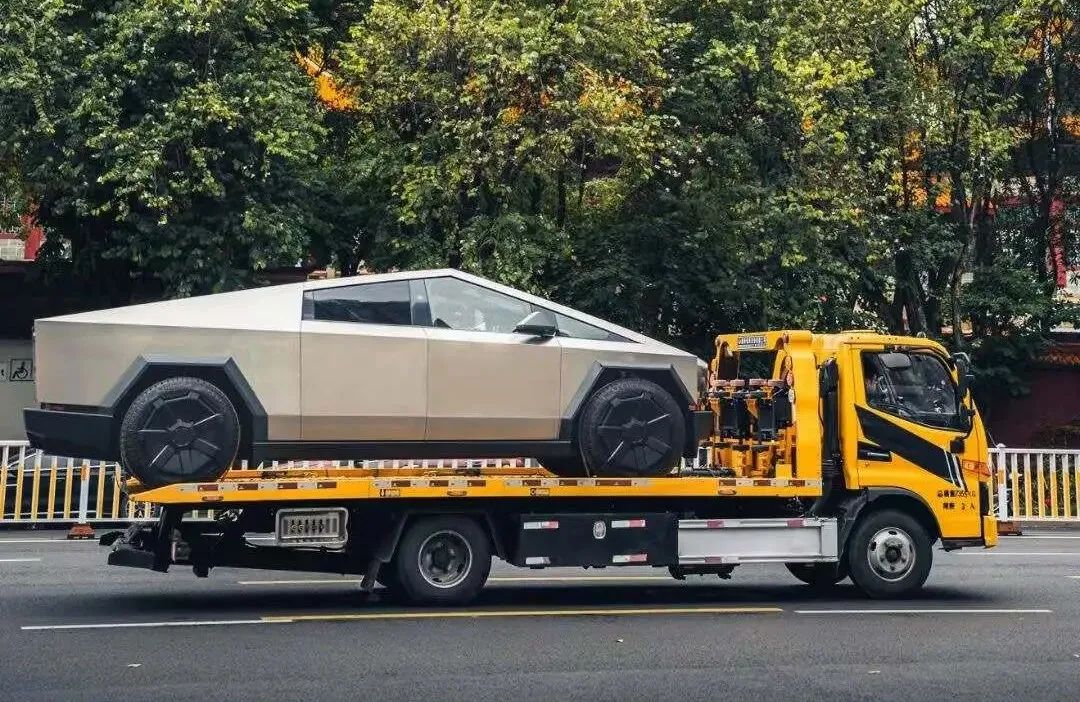
Furthermore, Tesla's Cyberquad ATV has been on display in several Chinese cities this year, albeit being transported by a flatbed truck. Musk had previously stated that it would be difficult for the Cybertruck to legally operate on Chinese roads.
In June this year, Musk announced at Tesla's shareholder meeting that the company must produce a "special edition" Cybertruck compliant with Chinese and EU standards before exporting it.
From Musk's statements, it is evident that while progress on bringing the Cybertruck to China has been slow, the company has not given up on the Chinese market.
The main reason the Cybertruck cannot be legally driven on Chinese roads is that its front section uses stainless steel and has a near-right-angle design, which makes it difficult to meet Chinese vehicle safety regulations related to pedestrian protection.
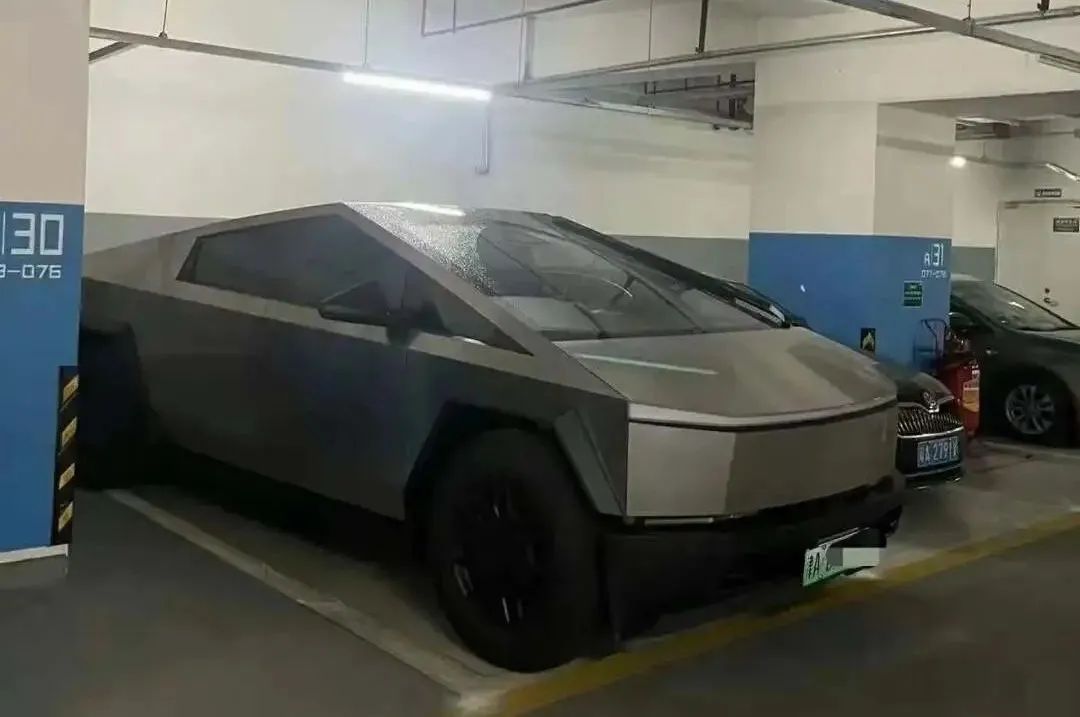
So, how did this vehicle enter China and obtain a license plate?
Tesla staff indicated that Tesla China is not currently selling the Cybertruck domestically, so it most likely entered the country through parallel imports.
This aligns with the fact that Tianjin Port Free Trade Zone is China's largest distribution and sales hub for parallel imported vehicles, so it's not surprising to see exotic cars there.
As a side note, parallel imports refer to the importation of goods into a country without the authorization of the intellectual property rights holder in that country, but with the consent of the rights holder who has already legally introduced the goods into another country or region.

Taking the Tesla Cybertruck as an example, parallel importers do not need permission from Tesla's Shanghai or Beijing offices to purchase vehicles directly from Tesla stores in the US and then resell them. As long as they complete customs clearance and other procedures as required, the vehicles can still bear the Tesla brand without infringing on trademarks.
It goes without saying that for the Cybertruck to be licensed in Tianjin, it must have complied with relevant regulations. But how exactly did it obtain its license plate?
Currently, there are three prevailing theories. Some netizens suggest that three vehicles were imported, one for crash testing, one sealed away, and one licensed. After completing necessary inspections like crash tests, parallel imported vehicles receive documents like the Certificate of Import for Goods and the Imported Motor Vehicle Accompanying Inspection Sheet. Once all requirements are met, the vehicles can be licensed and driven on the road.
Another possibility is that the latest GB 24550—2024 standard on pedestrian protection by motor vehicles will not come into effect until the beginning of next year.
Therefore, from now until January 1, 2025, there is a regulatory gap. The previous regulations were much looser, so taking advantage of this window, the Cybertruck was able to obtain its license plate.
A third theory is that the stainless steel Cybertruck underwent modifications, replacing its front and rear bumpers with plastic ones.
To date, relevant departments such as the Tianjin Traffic Management Bureau and Tianjin Port have not responded to inquiries. However, various auto bloggers have received test drive invitations, indicating that the Cybertruck's entry into the Chinese market may indeed be accelerating.
02 One advantage outweighs most drawbacks
All signs suggest that the introduction of the Cybertruck into China may not be as far-fetched as it seems. Therefore, it is necessary to share with you in advance what it's like to drive the Cybertruck.
Overseas, although few deliveries have been made, many media outlets and individual owners have already shared their driving experiences with the Cybertruck.
Opinions on this vehicle tend to be polarized, with some highly favorable and others harshly critical. In general, despite being a pickup truck, the Cybertruck does not feel like a traditional pickup but more like a sports car.
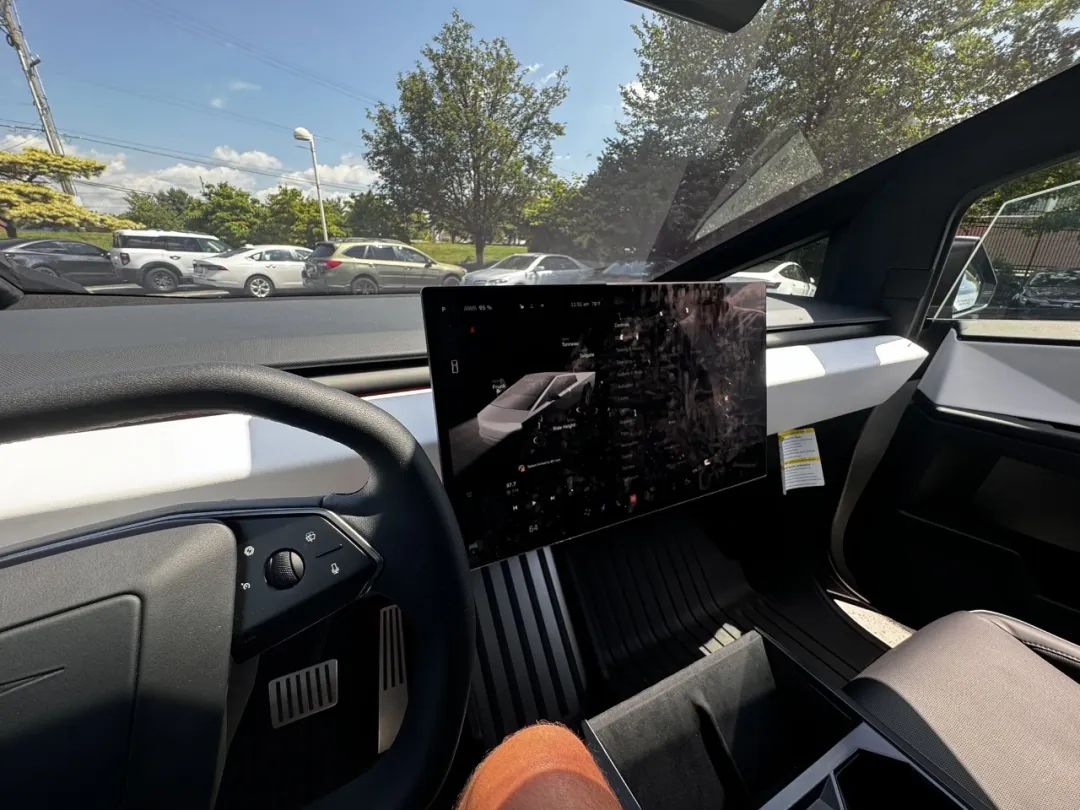
Starting with the specifications, the Cybertruck comes in three variants: single-motor rear-wheel drive, dual-motor all-wheel drive, and tri-motor all-wheel drive. The main differences lie in the number of motors and driving range, while other configurations are largely similar across variants.
The interior maintains Tesla's signature style, with minimal decoration aside from a horizontal metal strip spanning the dashboard.
However, the infotainment system differs from Tesla's Model series, displaying all vehicle data on a single screen, resembling a data report.
Despite its 5.7-meter length and over 3 tons of curb weight, the Cybertruck's agility surprises many.
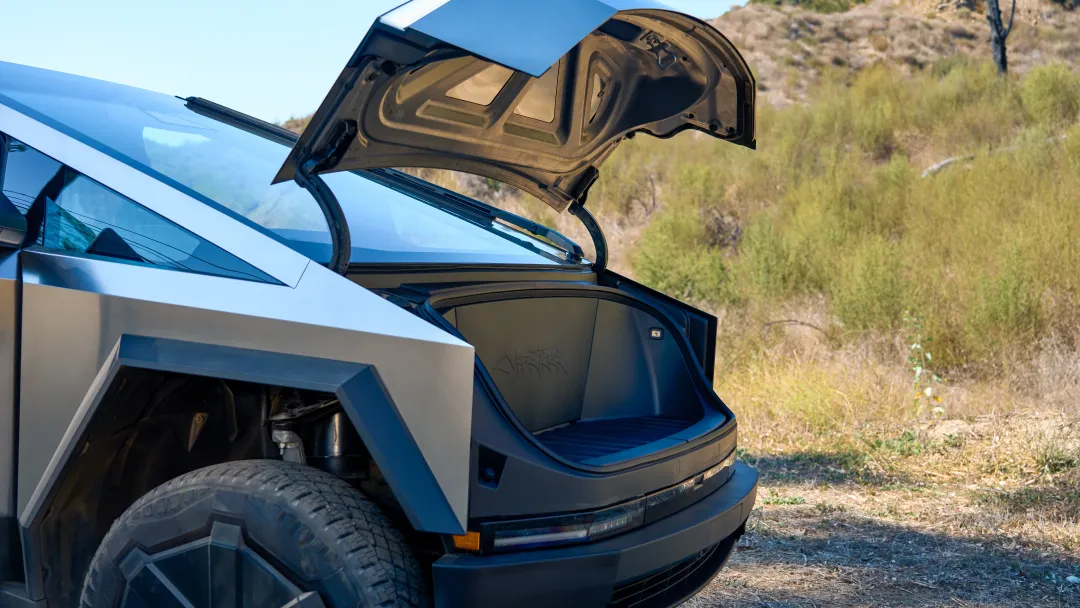
Its steering wheel only turns about ±180°, meaning a full turn requires only half a revolution in each direction, totaling just one full turn. This results in an exaggerated steering ratio for the Cybertruck.
A notable example is that when making a U-turn, traditional pickup truck drivers must reverse and adjust their direction, whereas the Cybertruck can complete the turn with just a full lock of the steering wheel.
This remarkable agility is thanks to Tesla's mass-produced steer-by-wire technology, which eliminates traditional mechanical linkages between the steering wheel and wheels, replacing them with electronic signals. This system's primary advantage is its ability to adjust the steering ratio based on driving conditions. Additionally, the Cybertruck is equipped with rear-wheel steering.
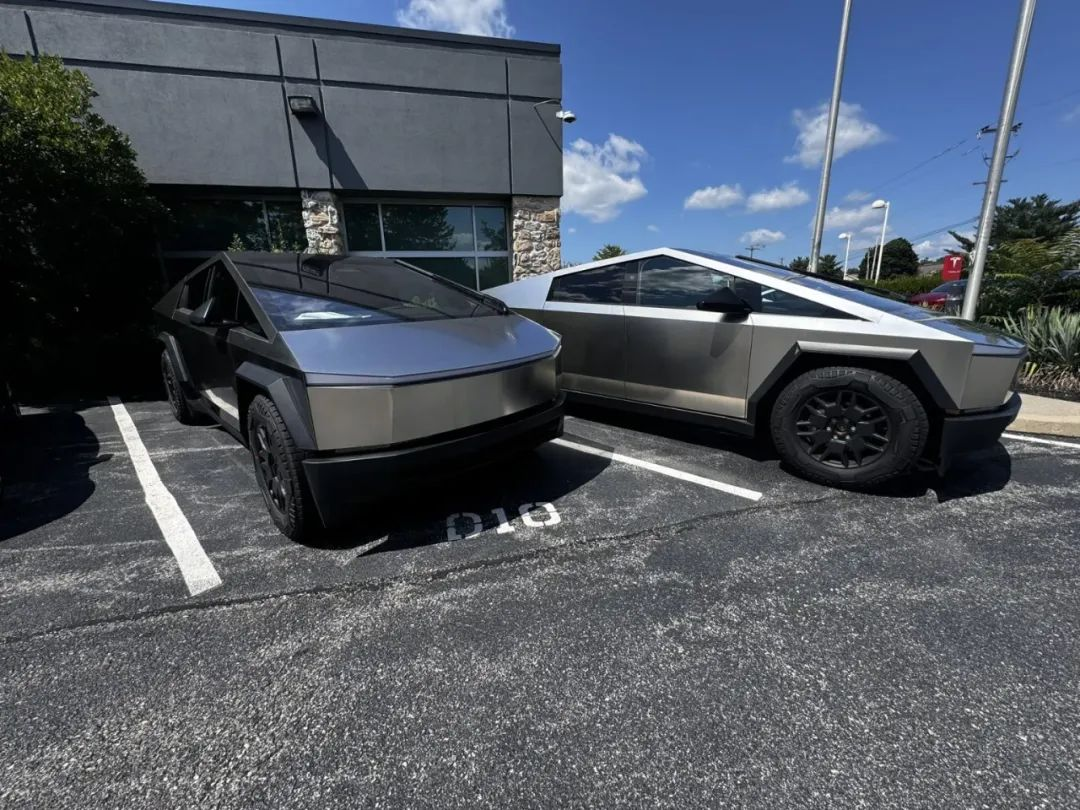
At low speeds (below 40 mph), the Cybertruck's rear wheels can rotate up to 10° in the opposite direction, enhancing maneuverability, especially in parking lots.
At higher speeds (above 40 mph), the rear wheels can change direction by 1 to 2° in the same direction as the front wheels, providing stability during lane changes. Its exceptional agility and low seating position give many drivers the feeling of piloting a sports car.
However, this highly responsive steer-by-wire system also has drawbacks. At low speeds, the steering wheel can be overly sensitive, potentially causing the vehicle to swerve abruptly when avoiding obstacles, requiring time to adapt.
Moreover, despite being a pickup truck, it is not as practical as traditional models. Its trunk space is limited, and to improve range, many owners install an additional battery in the cargo bed, reducing its cargo-carrying capacity.
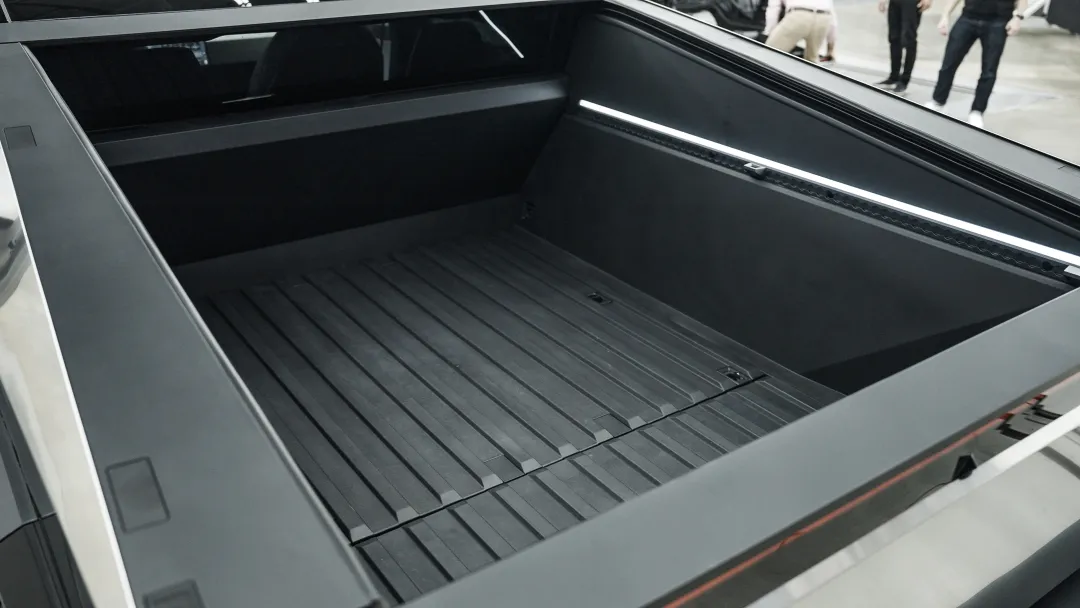
Furthermore, the Cybertruck's relatively high failure rate is a common complaint among owners. Recently, Tesla recalled 3,800 Cybertrucks due to faulty running board covers. Some owners reported that their windshield wipers stopped working shortly after the recall, necessitating another trip to the service center.
Additionally, the Cybertruck's stainless steel body acts as a fingerprint magnet, leading some owners to consider wrapping the entire vehicle in protective film.
Despite these minor issues, most owners still recommend the Cybertruck to their friends, primarily because it is one of the coolest cars on the market.
Due to its popularity overseas, some automakers have taken notice of the Cybertruck.
According to South Korean media Naver News, Hyundai Motor Group's Namyang Research Center began disassembling and analyzing a Cybertruck late last month, completing the study on July 28, 2024.
Insiders reveal that Hyundai's motivation is to strengthen its presence in the US electric pickup market in the coming years, with the Cybertruck serving as a valuable reference model.
While the Tesla Cybertruck is incredibly popular in the US market, its success in China remains uncertain.
Firstly, despite China's widespread lifting of pickup truck restrictions, many limitations remain, particularly the 15-year scrappage policy and highway tolls, deterring urban consumers. Smaller cities, on the other hand, lack the purchasing power for vehicles at this price point.
Furthermore, the Cybertruck's size and power consumption pose challenges. Its Large size are more of a burden in China, causing inconvenience in navigating narrow streets, parking, and driving on complex roads.
In terms of "trying something new" and safety, Chinese consumers tend to be more rational. Therefore, even if the Cybertruck enters the Chinese market as an imported vehicle, its "toy" attributes will likely outweigh its practicality, appealing primarily to a niche group.


